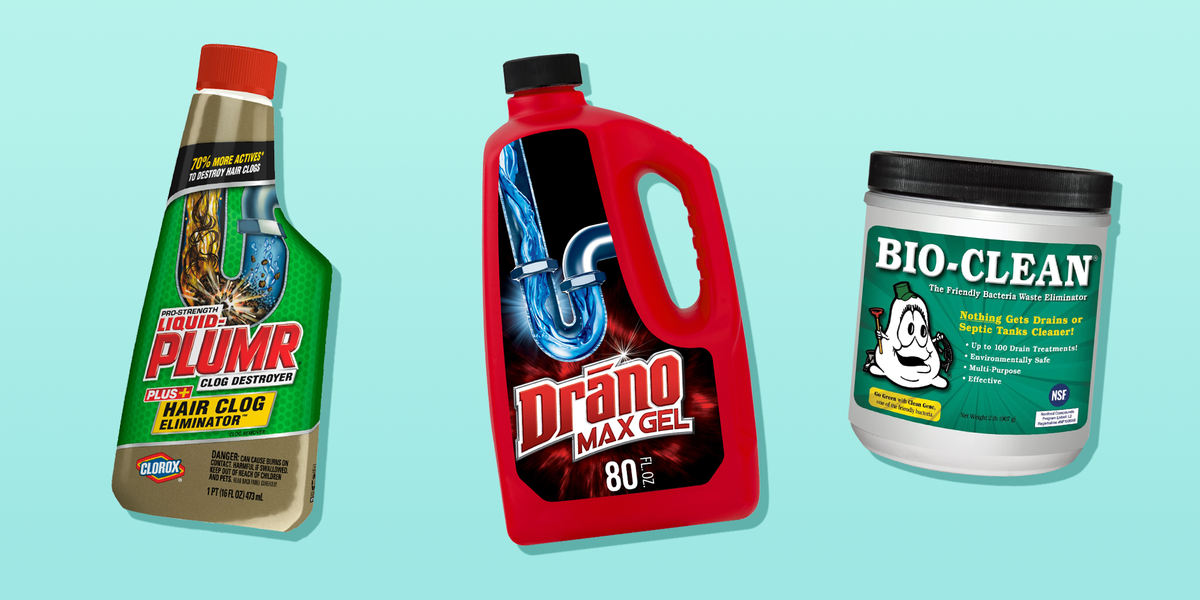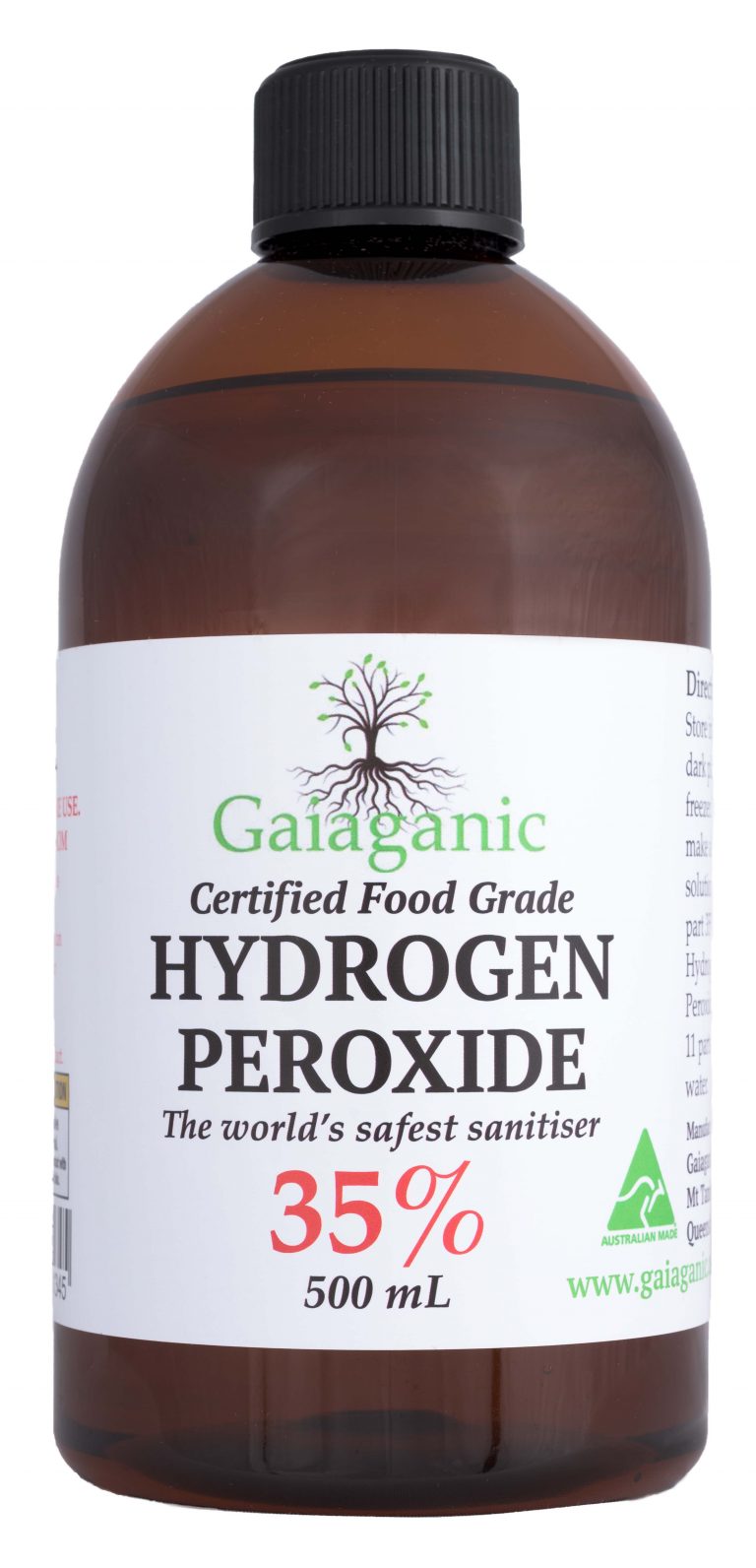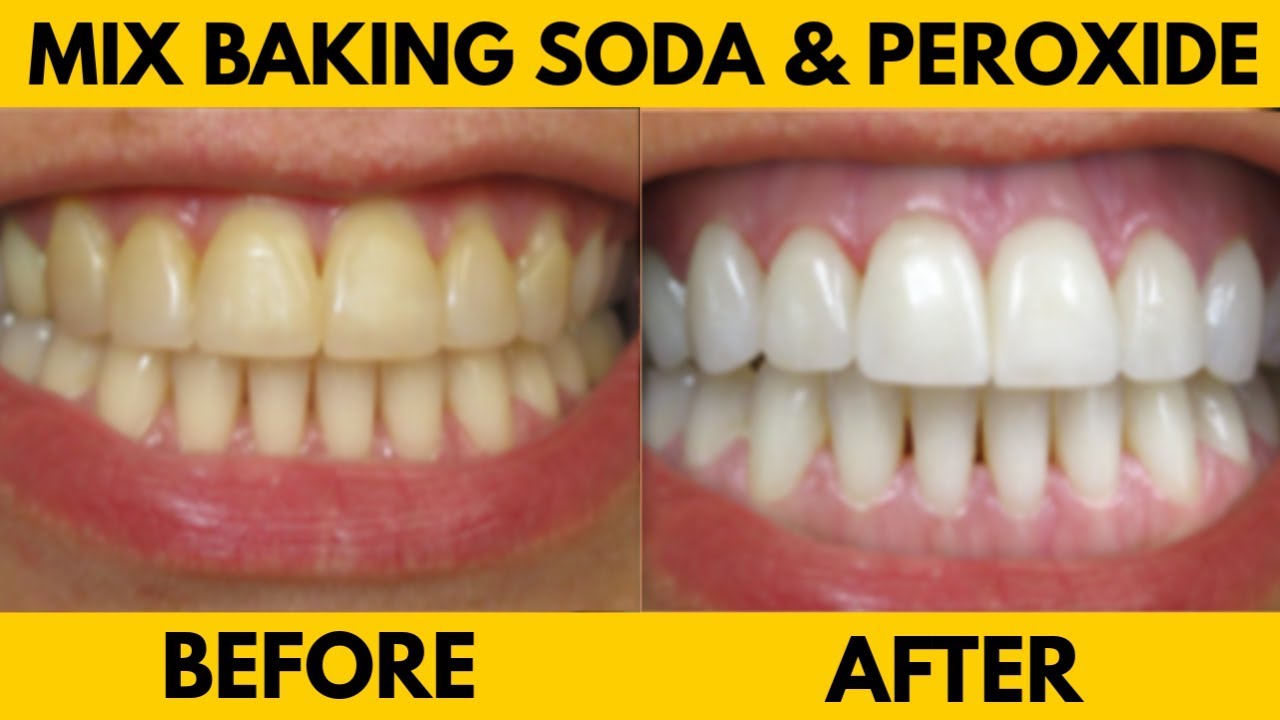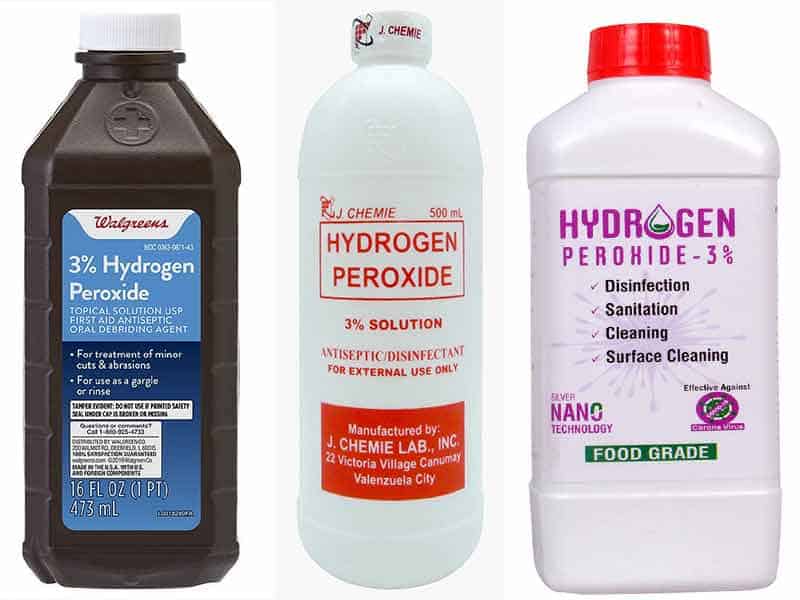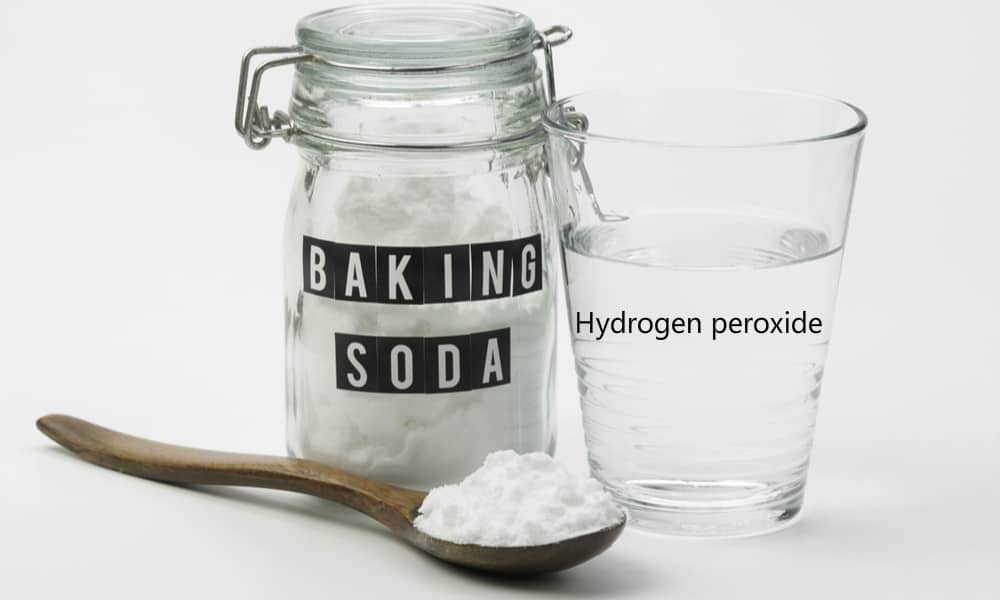One of the most popular and effective ways to naturally unclog a kitchen sink is by using a combination of baking soda and vinegar. This powerful duo creates a foaming reaction that helps to break down and dissolve any clogs in the pipes. To use this method, start by pouring a cup of baking soda down the sink drain. Follow it up with a cup of white vinegar. Let the mixture sit for about 15 minutes, then flush it out with boiling water. Repeat if necessary.1. Baking Soda and Vinegar
If you don't have baking soda and vinegar on hand, or if the clog is not too severe, you can try using boiling water to unclog your kitchen sink. Boil a pot of water and carefully pour it down the drain. The heat from the water can help to melt and dislodge any grease or debris that may be causing the clog. You may need to repeat this a few times for best results.2. Boiling Water
Yes, the trusty plunger can also be used to unclog a kitchen sink. This method works best for sinks with double drains. Simply place the plunger over the drain that is not clogged and plunge away. The suction created by the plunger can help to push the clog out of the other drain. Just make sure to cover the other drain with a wet cloth to create a seal.3. Plunger
If you have a stubborn clog that won't budge, try using a mixture of salt and baking soda. Mix equal parts of both ingredients and pour it down the drain. Let it sit for 15 minutes, then follow it up with boiling water. The abrasive texture of the mixture can help to break down and dissolve the clog.4. Salt and Baking Soda
Another household item that can be used to unclog a kitchen sink is dish soap. The grease-cutting properties of dish soap can help to break down any buildup or clogs in the pipes. Simply pour a generous amount of dish soap down the drain, followed by hot water. Let it sit for a few minutes before flushing it out with more hot water.5. Dish Soap and Hot Water
If you suspect that your sink drain is clogged with hair or other debris, a wire hanger can come in handy. Straighten out a wire hanger and create a small hook at the end. Insert the hanger into the drain and use the hook to pull out any debris that may be causing the clog. Be sure to dispose of the debris in a trash bag to avoid creating another clog.6. Wire Hanger
If you have a wet and dry vacuum at home, you can use it to unclog your kitchen sink. Set the vacuum to the "wet" function and cover the other drain with a wet cloth. Create a tight seal with the vacuum and turn it on. The suction from the vacuum can help to dislodge and suck out any clogs in the pipes.7. Wet and Dry Vacuum
Caustic soda, also known as sodium hydroxide, can be used as a last resort for stubborn clogs. This chemical is highly corrosive, so it's important to handle it with caution and wear protective gloves. Mix 3 cups of caustic soda with 3/4 cup of cold water and pour it down the drain. Let it sit for about 20 minutes, then flush it out with boiling water. Be sure to thoroughly rinse the sink and pipes afterwards to avoid any residual damage.8. Caustic Soda
For a more eco-friendly option, you can try using enzyme drain cleaners to unclog your kitchen sink. These cleaners contain natural enzymes that break down and digest organic matter, such as hair and food particles. Simply pour the recommended amount of cleaner down the drain and let it sit for a few hours or overnight. Flush it out with hot water in the morning.9. Enzyme Drain Cleaners
For a powerful and natural drain cleaner, you can use a mixture of hydrogen peroxide and baking soda. Mix equal parts of both ingredients and pour it down the drain. Let it sit for 30 minutes, then flush it out with hot water. The foaming reaction created by this mixture can help to break down and dissolve any clogs in the pipes. Using these natural methods can help to keep your kitchen sink unclogged without the use of harsh chemicals. However, if the clog persists or you are unsure of how to safely unclog your sink, it's best to call a professional plumber for assistance.10. Hydrogen Peroxide and Baking Soda
Natural Ways to Unclog Your Kitchen Sink

Introduction
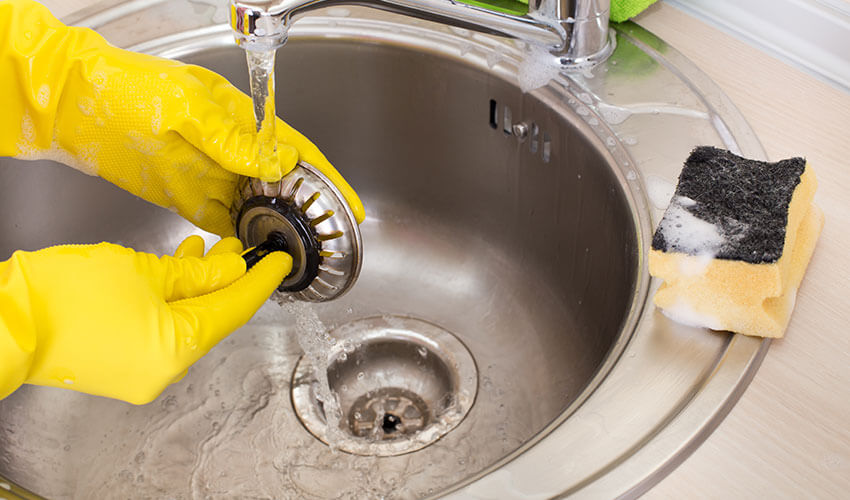 A clogged kitchen sink can be a major inconvenience and can disrupt your daily routine. While there are many chemical-based products available in the market to unclog sinks, these can be harsh on your pipes and harmful to the environment. Luckily, there are several natural remedies that can effectively
unclog your kitchen sink
without causing any damage. In this article, we will discuss
professional and well-organized ways to keep your kitchen sink free from clogs
.
A clogged kitchen sink can be a major inconvenience and can disrupt your daily routine. While there are many chemical-based products available in the market to unclog sinks, these can be harsh on your pipes and harmful to the environment. Luckily, there are several natural remedies that can effectively
unclog your kitchen sink
without causing any damage. In this article, we will discuss
professional and well-organized ways to keep your kitchen sink free from clogs
.
1. Use Boiling Water
 One of the easiest and most effective ways to unclog your kitchen sink is by pouring boiling water down the drain. Boiling water can help to loosen and dissolve any buildup of grease, soap scum, and other debris that may be causing the clog. Simply boil a large pot of water and carefully pour it down the
drain
. Repeat this process a few times if necessary, and you should see the water start to drain freely.
One of the easiest and most effective ways to unclog your kitchen sink is by pouring boiling water down the drain. Boiling water can help to loosen and dissolve any buildup of grease, soap scum, and other debris that may be causing the clog. Simply boil a large pot of water and carefully pour it down the
drain
. Repeat this process a few times if necessary, and you should see the water start to drain freely.
2. Baking Soda and Vinegar
 This classic combination is not only great for baking but also for unclogging your kitchen sink. Start by pouring a cup of
baking soda
down the drain, followed by a cup of
white vinegar
. Cover the drain with a plug or a cloth to contain the chemical reaction. After about 15 minutes, pour boiling water down the drain to flush out the loosened debris. This method is not only effective but also eco-friendly.
This classic combination is not only great for baking but also for unclogging your kitchen sink. Start by pouring a cup of
baking soda
down the drain, followed by a cup of
white vinegar
. Cover the drain with a plug or a cloth to contain the chemical reaction. After about 15 minutes, pour boiling water down the drain to flush out the loosened debris. This method is not only effective but also eco-friendly.
3. Salt and Hot Water
 Another natural remedy to
unclog your kitchen sink
is by using a mixture of salt and hot water. Mix half a cup of table salt with a few cups of hot water and pour it down the drain. Let it sit for a few minutes, and then follow it up with boiling water. The abrasive texture of the salt can help to break down any buildup in the pipes and flush it out.
Another natural remedy to
unclog your kitchen sink
is by using a mixture of salt and hot water. Mix half a cup of table salt with a few cups of hot water and pour it down the drain. Let it sit for a few minutes, and then follow it up with boiling water. The abrasive texture of the salt can help to break down any buildup in the pipes and flush it out.
4. Plunger
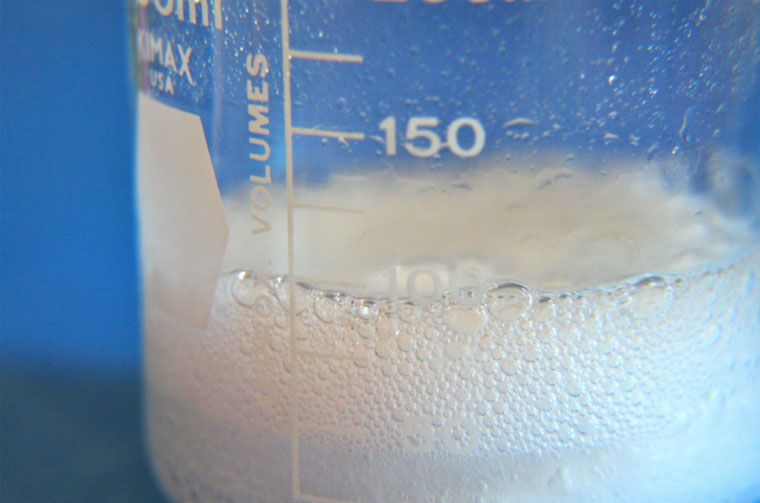 If the above methods do not work, you can try using a plunger to unclog your kitchen sink. Make sure to cover the overflow hole with a wet cloth before plunging to create a better seal. Plunge vigorously, and you should see the water start to drain. If this doesn't work, you may need to call a professional plumber for assistance.
If the above methods do not work, you can try using a plunger to unclog your kitchen sink. Make sure to cover the overflow hole with a wet cloth before plunging to create a better seal. Plunge vigorously, and you should see the water start to drain. If this doesn't work, you may need to call a professional plumber for assistance.
Conclusion
 As you can see, there are many natural ways to unclog your kitchen sink without having to resort to harsh chemicals. These methods are not only effective but also safe for your pipes and the environment. Remember to regularly clean and maintain your kitchen sink to prevent clogs from occurring in the first place. By incorporating these natural remedies into your cleaning routine, you can keep your kitchen sink
free from clogs
and ensure smooth drainage for years to come.
As you can see, there are many natural ways to unclog your kitchen sink without having to resort to harsh chemicals. These methods are not only effective but also safe for your pipes and the environment. Remember to regularly clean and maintain your kitchen sink to prevent clogs from occurring in the first place. By incorporating these natural remedies into your cleaning routine, you can keep your kitchen sink
free from clogs
and ensure smooth drainage for years to come.




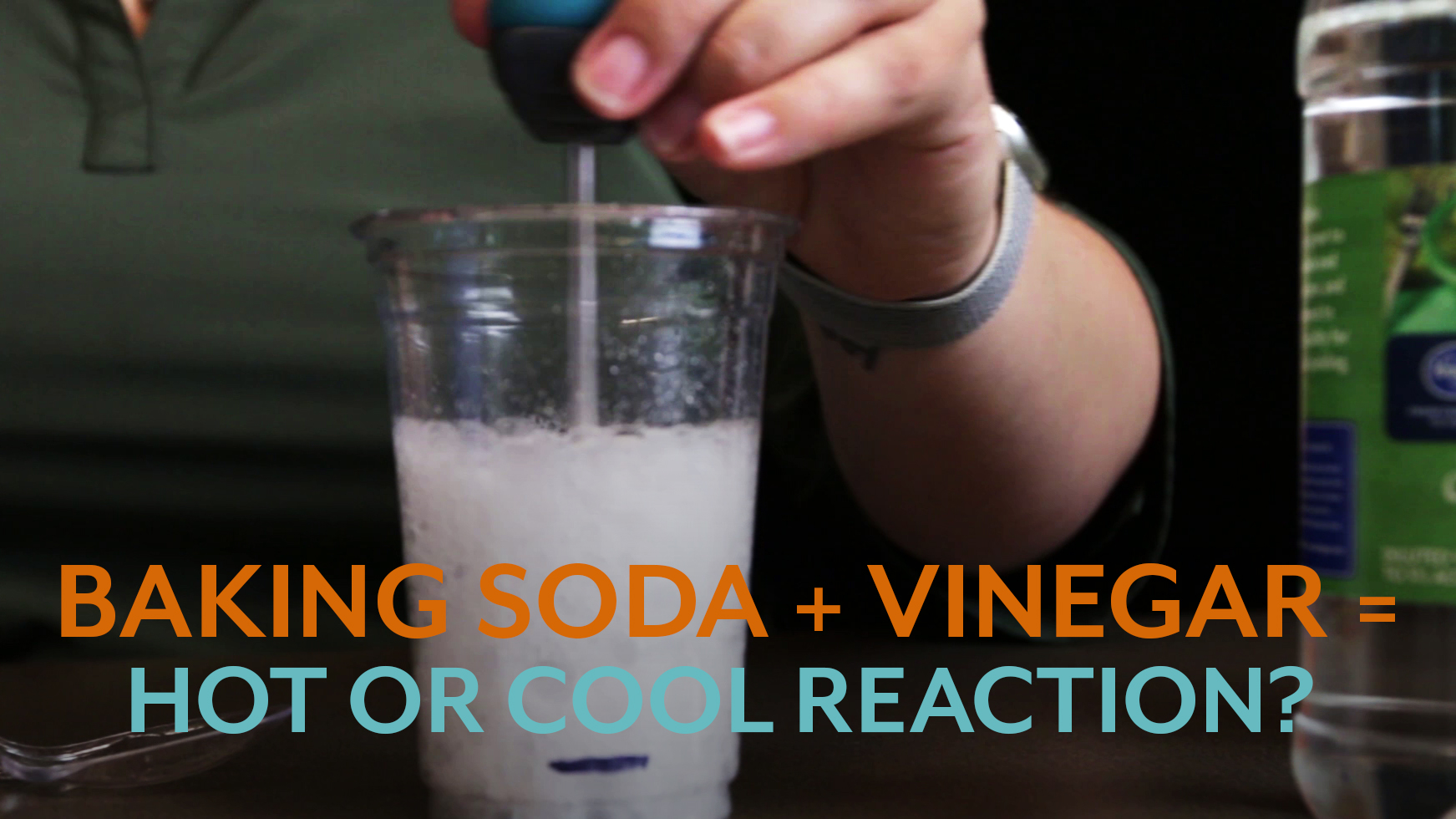


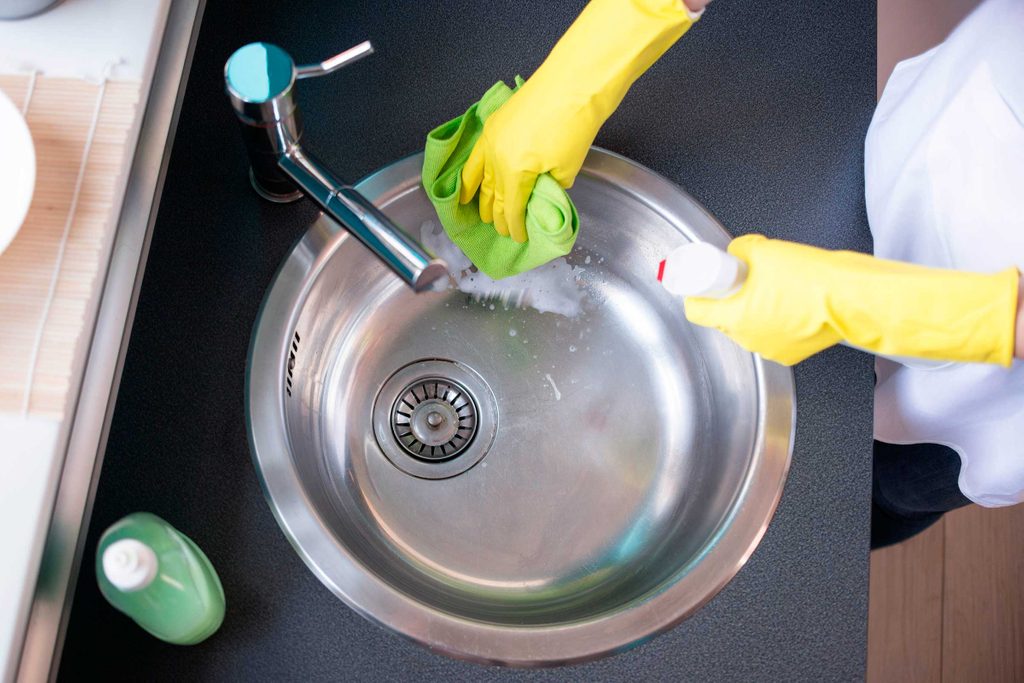






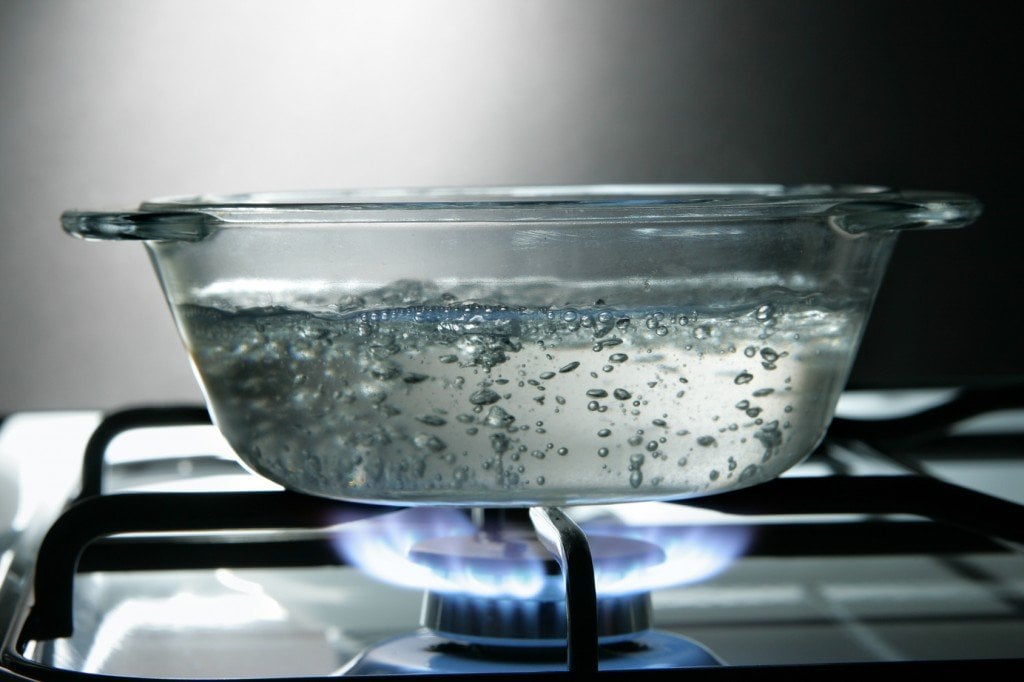

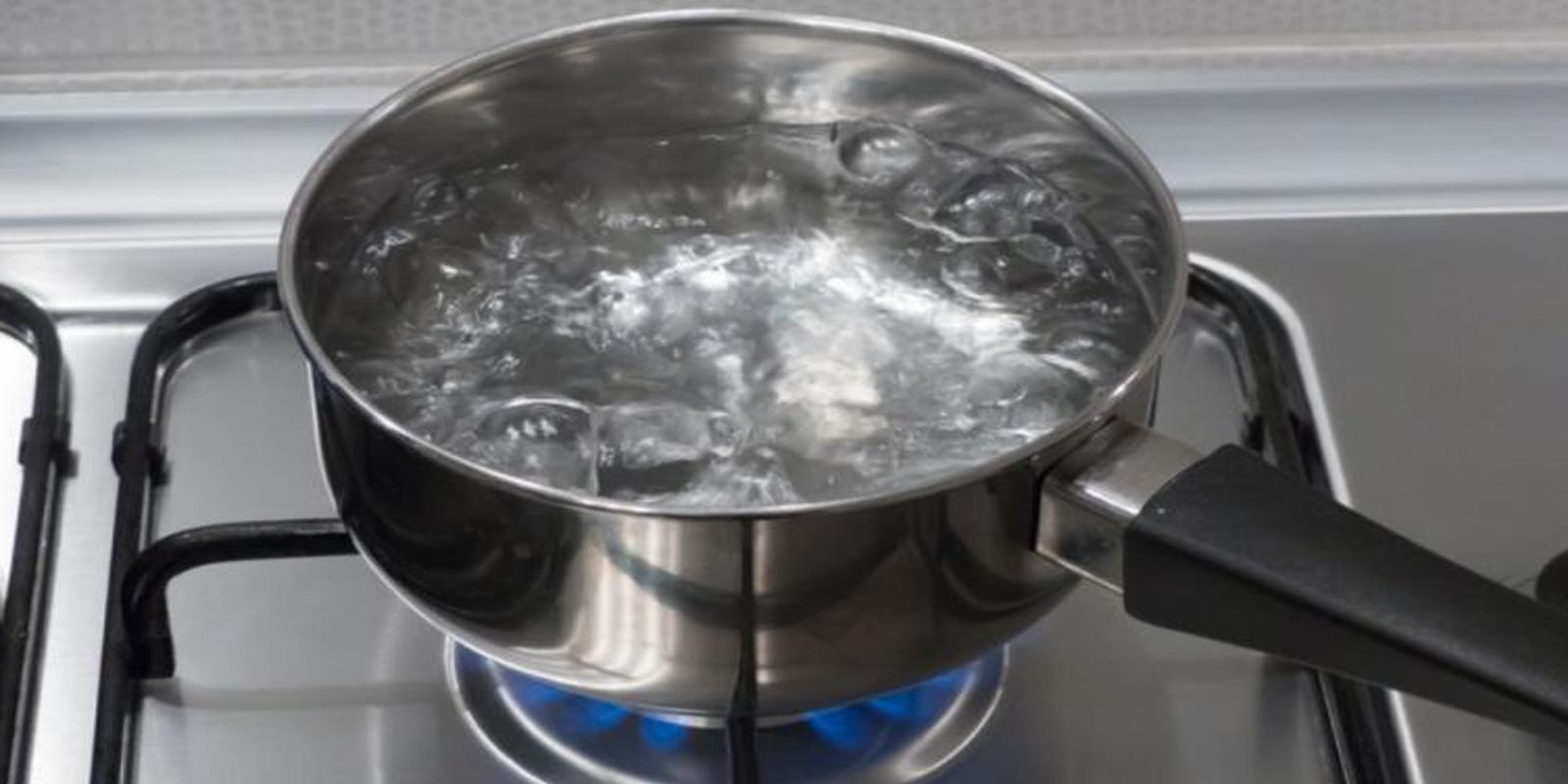

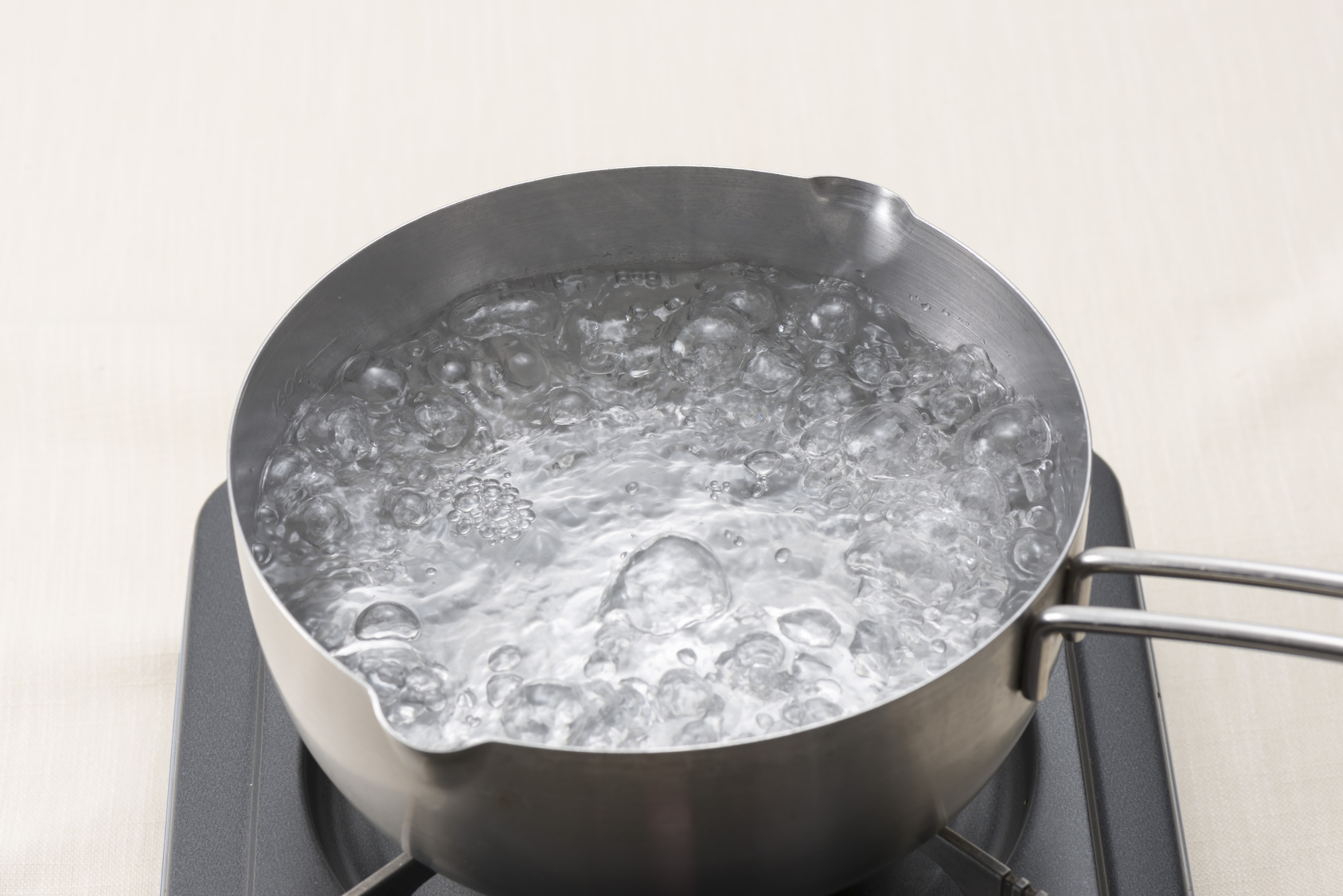
/boiling-water-on-gas-stove-143735234-5790aeb35f9b584d2005e949.jpg)
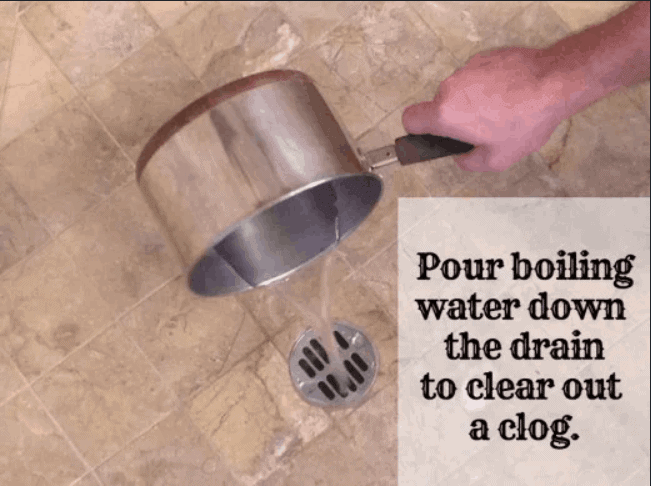



:max_bytes(150000):strip_icc()/toilet-plunger-80708184-5797d8885f9b58461f591260.jpg)

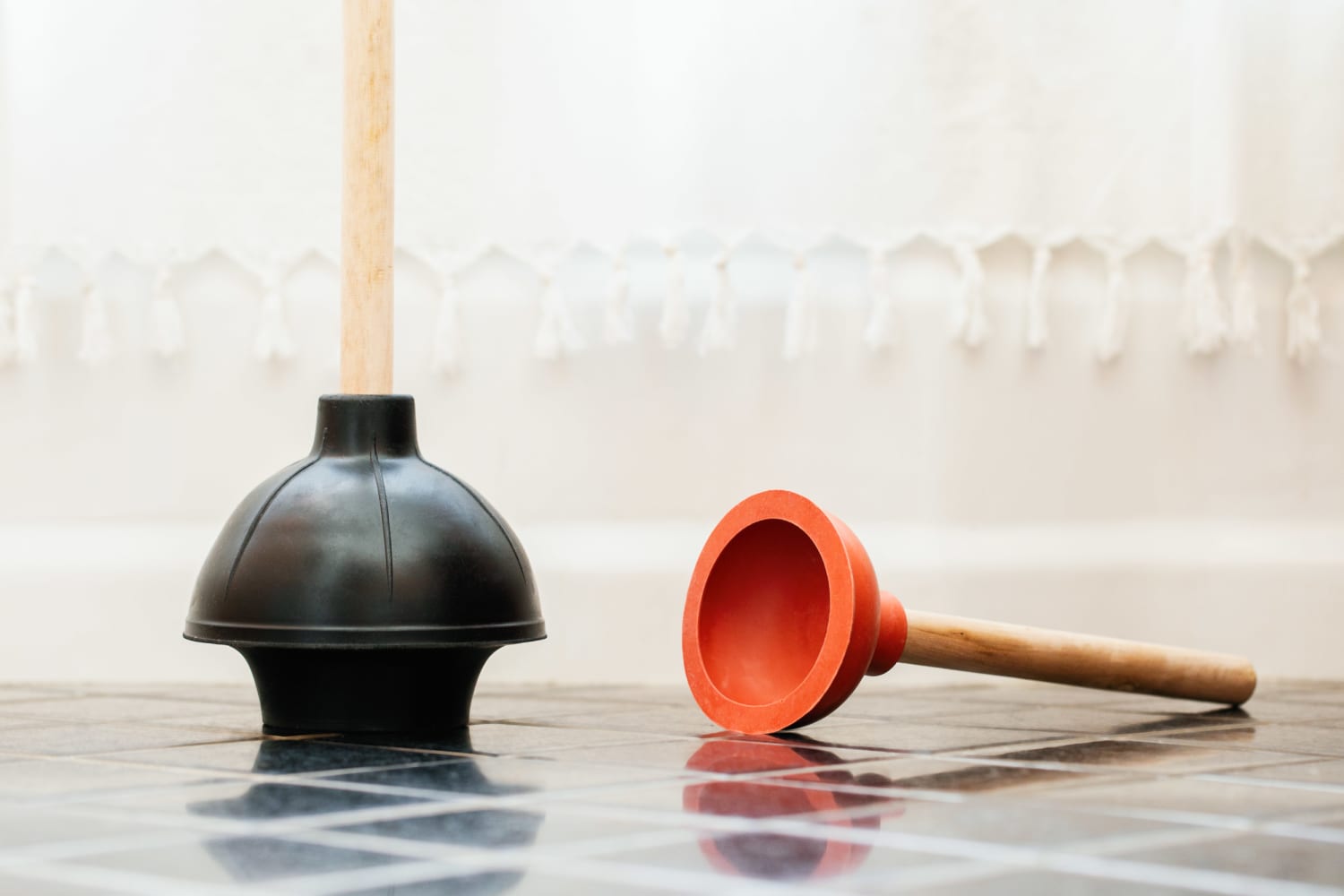







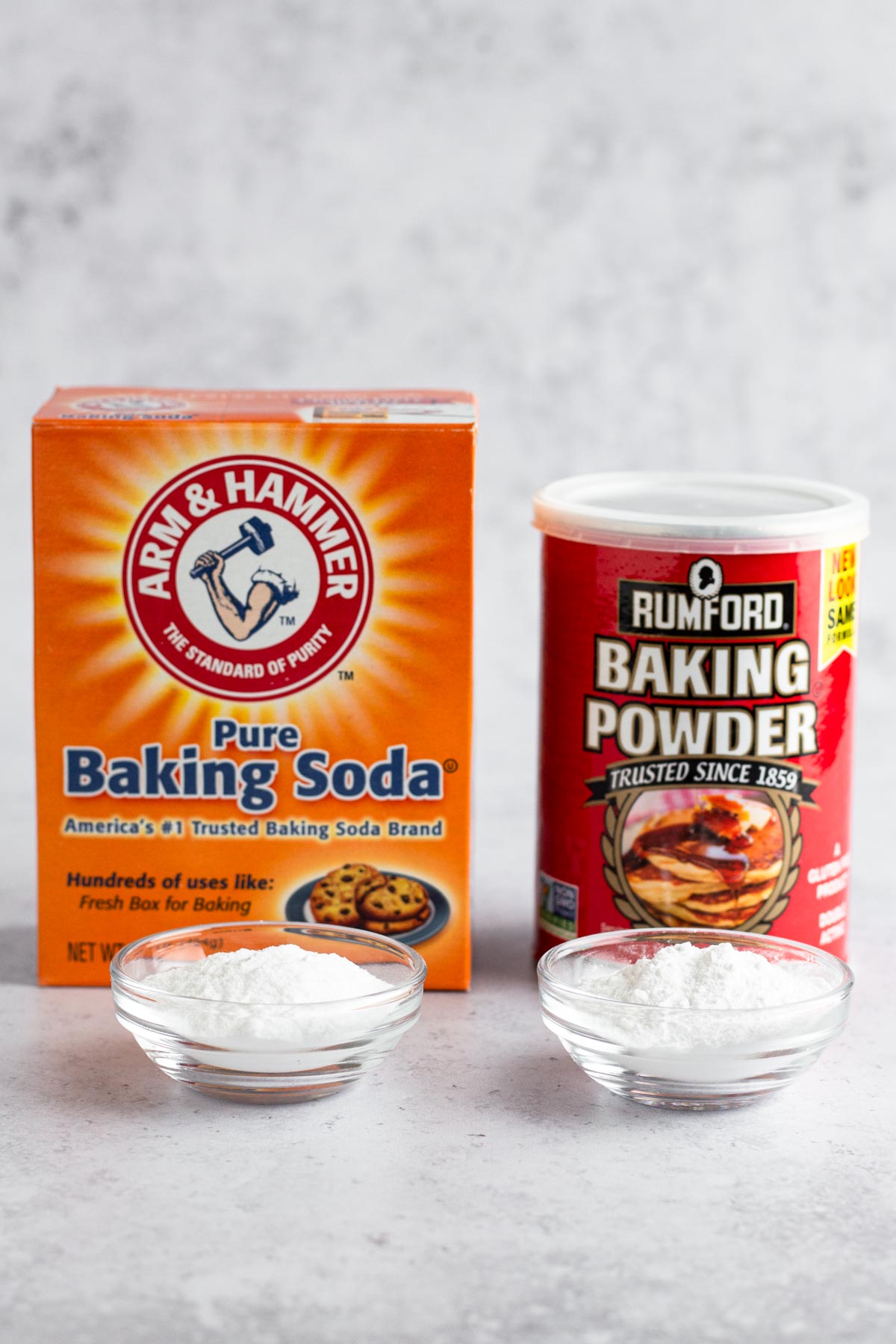
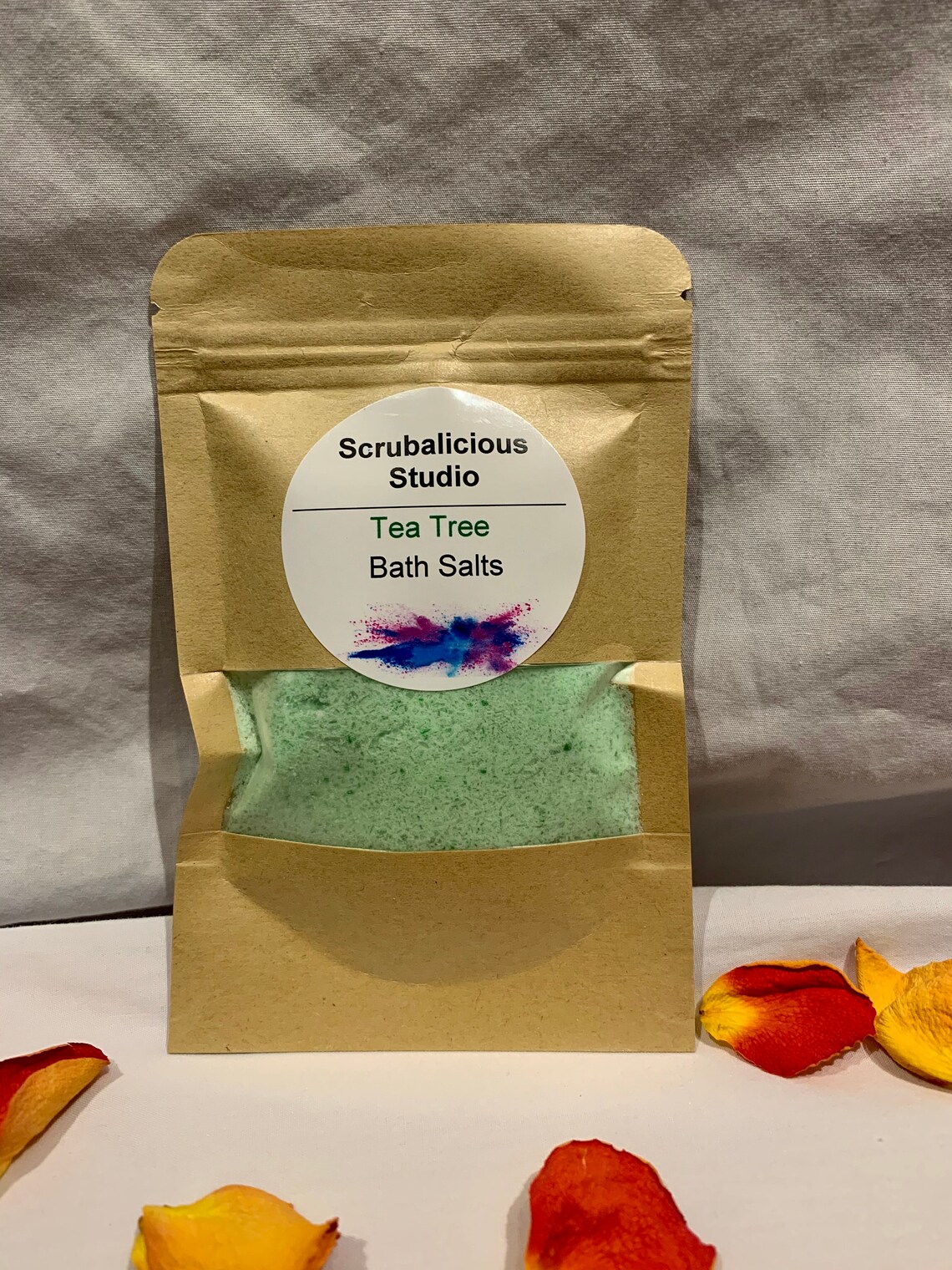

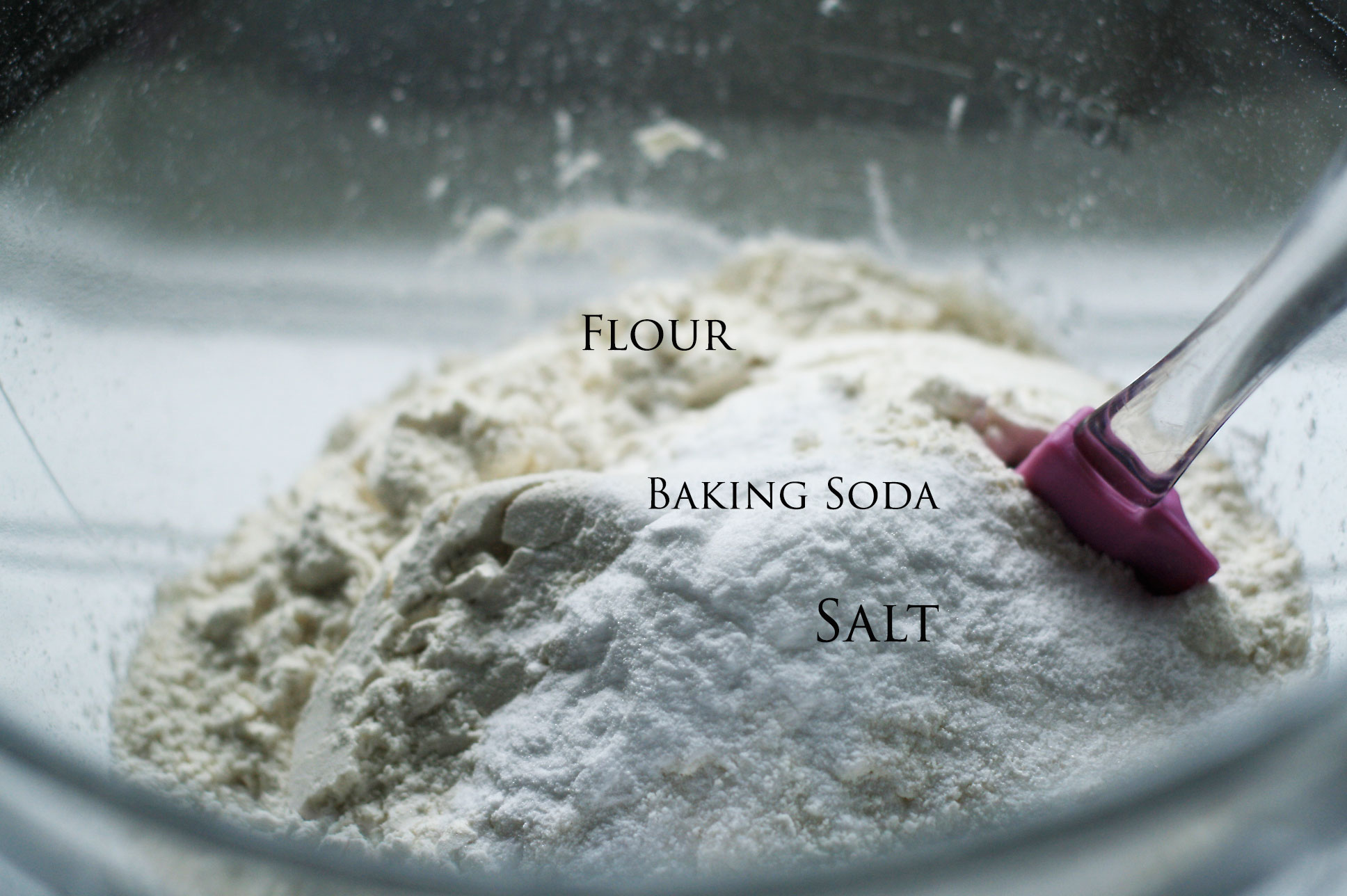
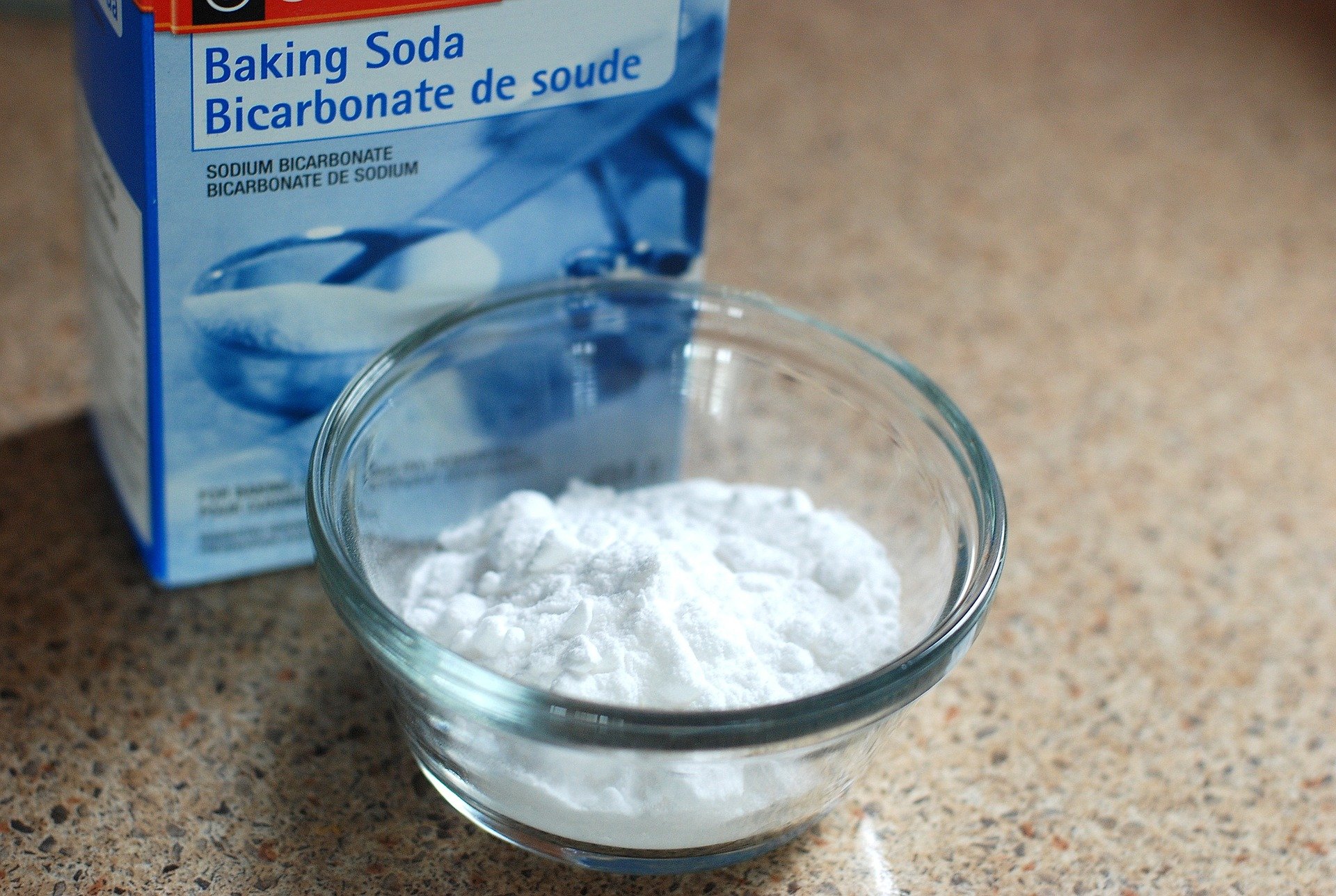




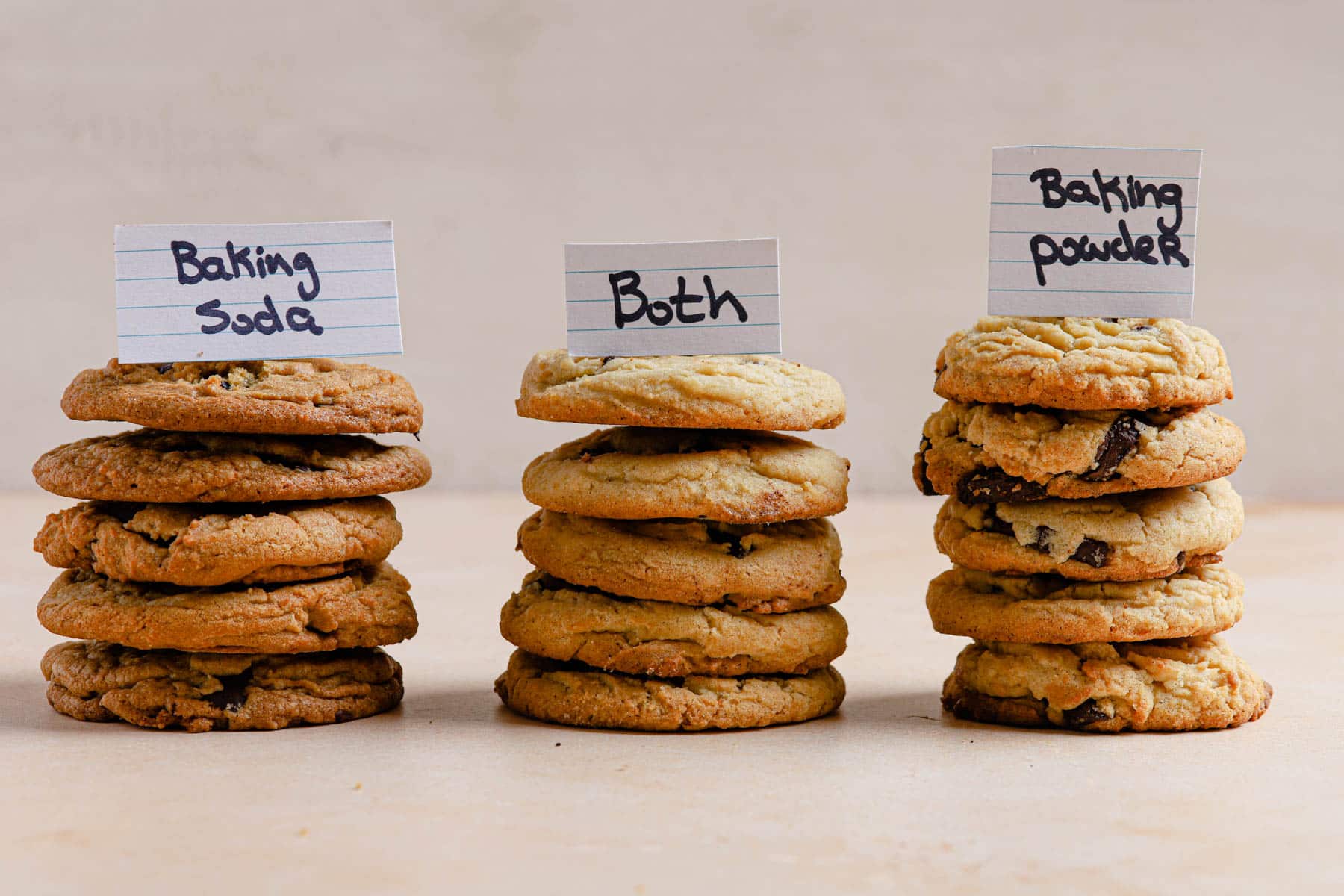


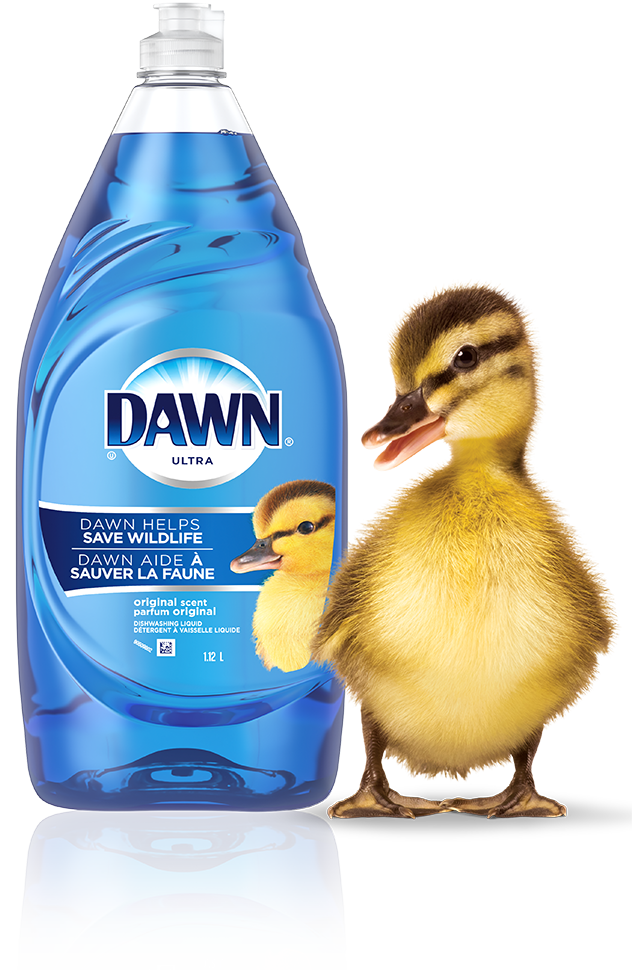
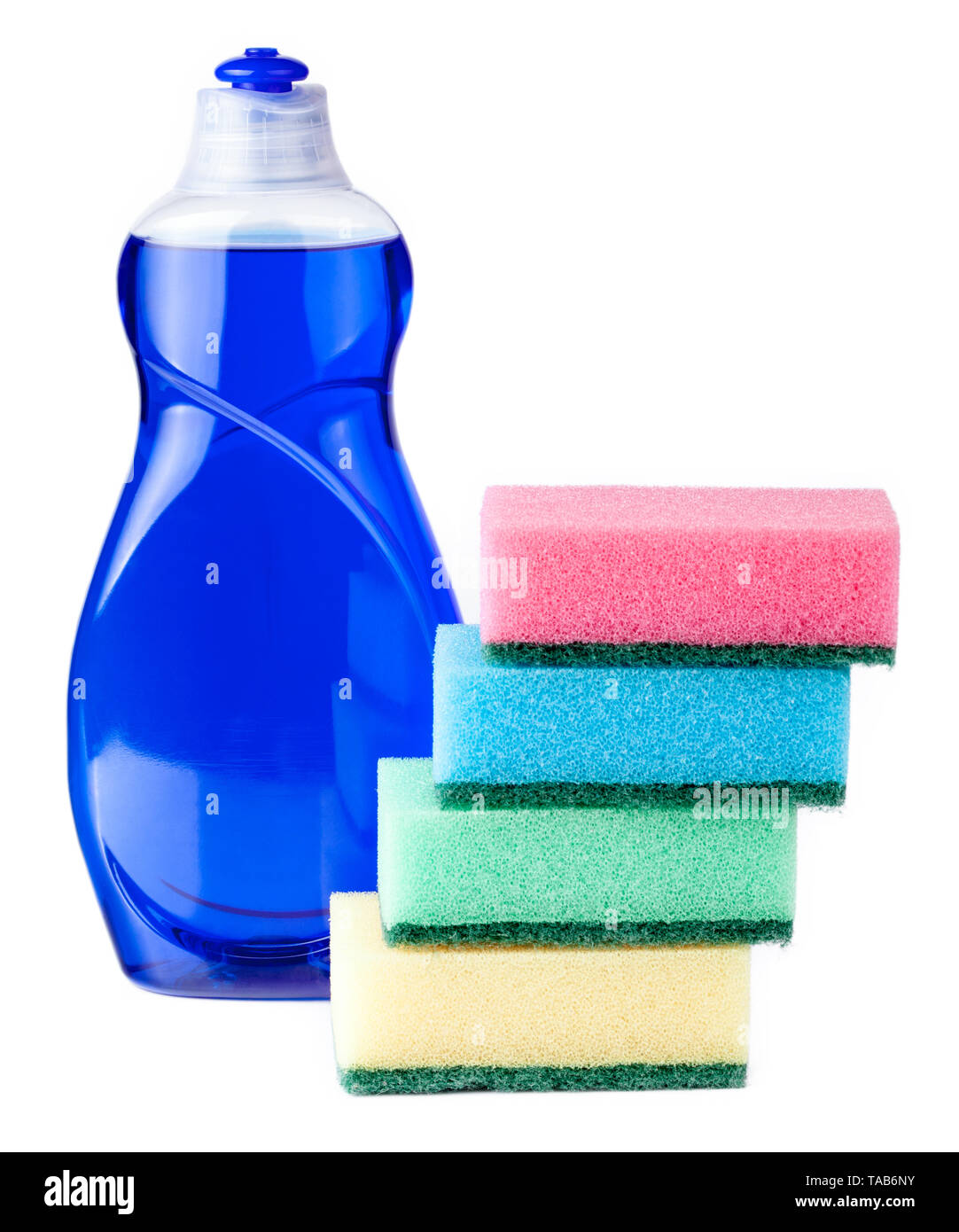
/GettyImages-80566571-5a1ca234aad52b00373338ff.jpg)
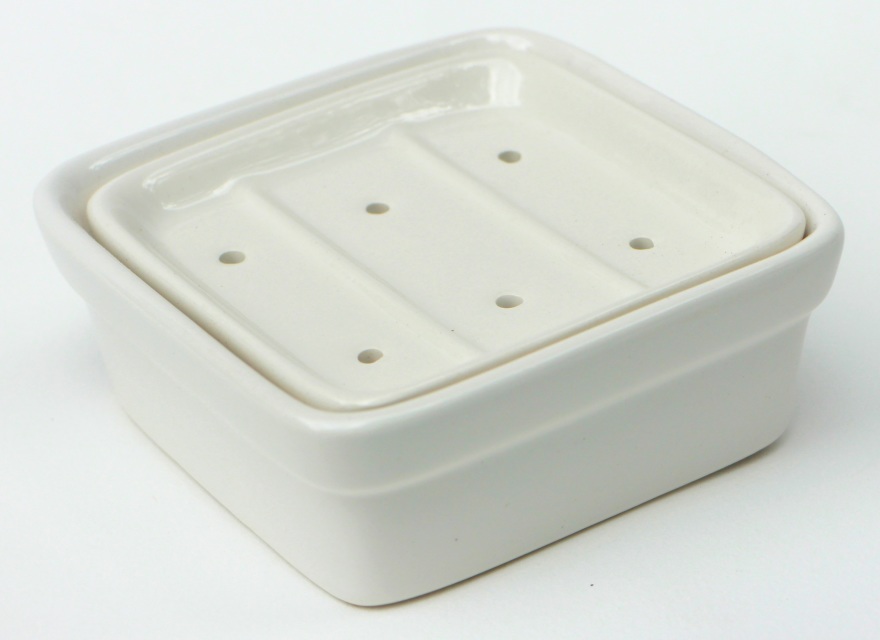

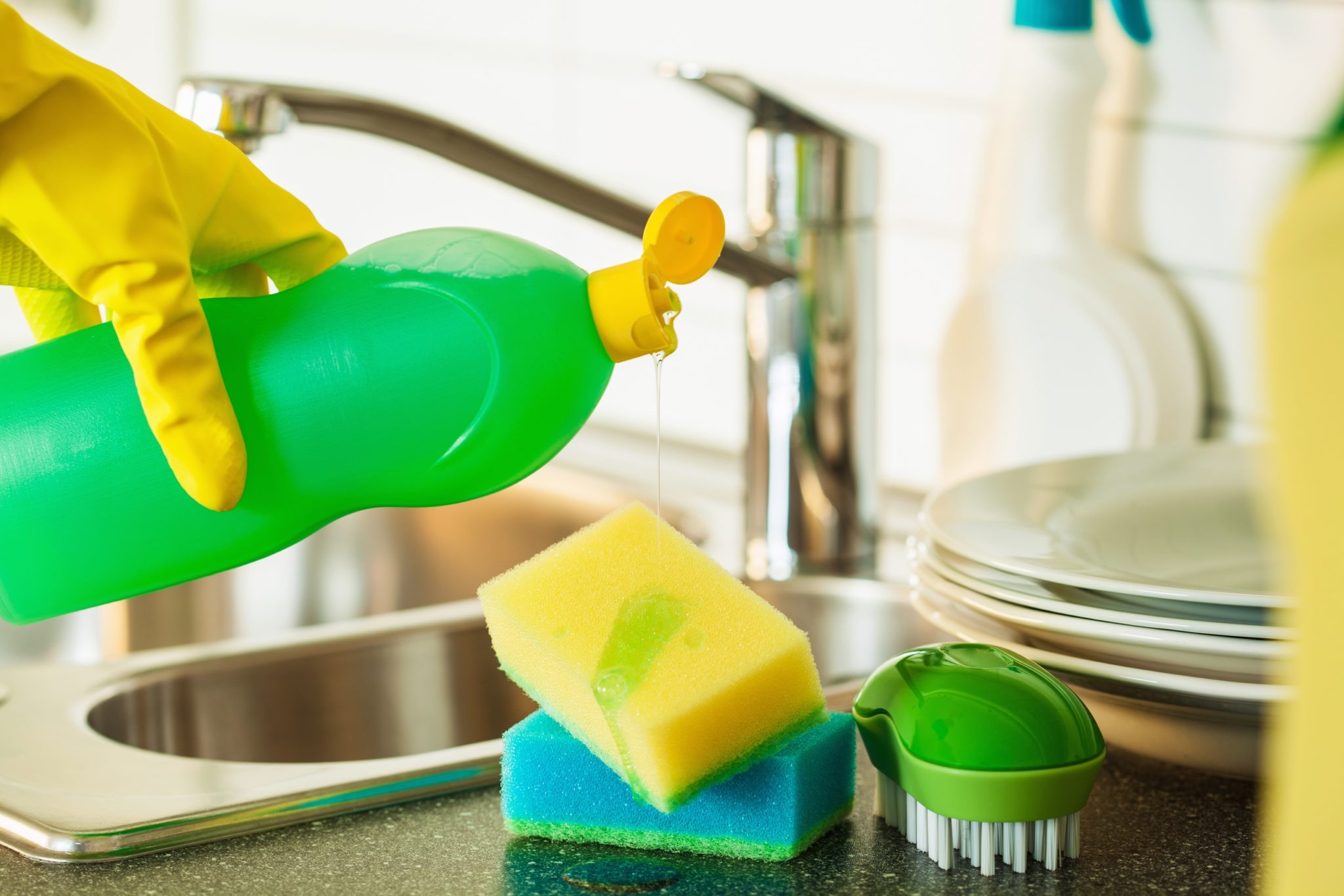
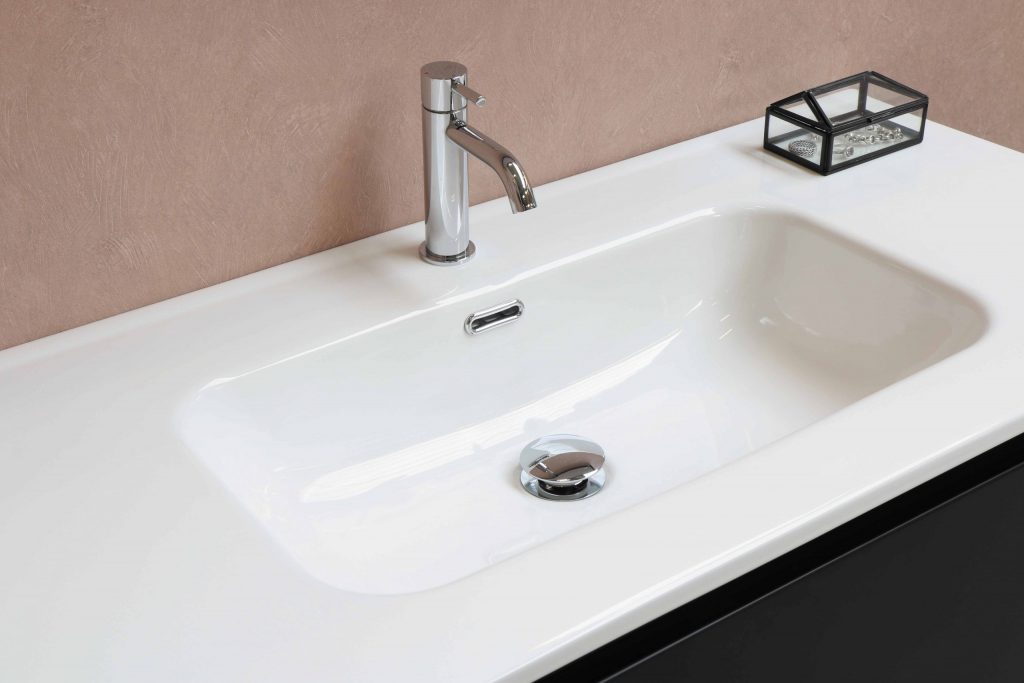
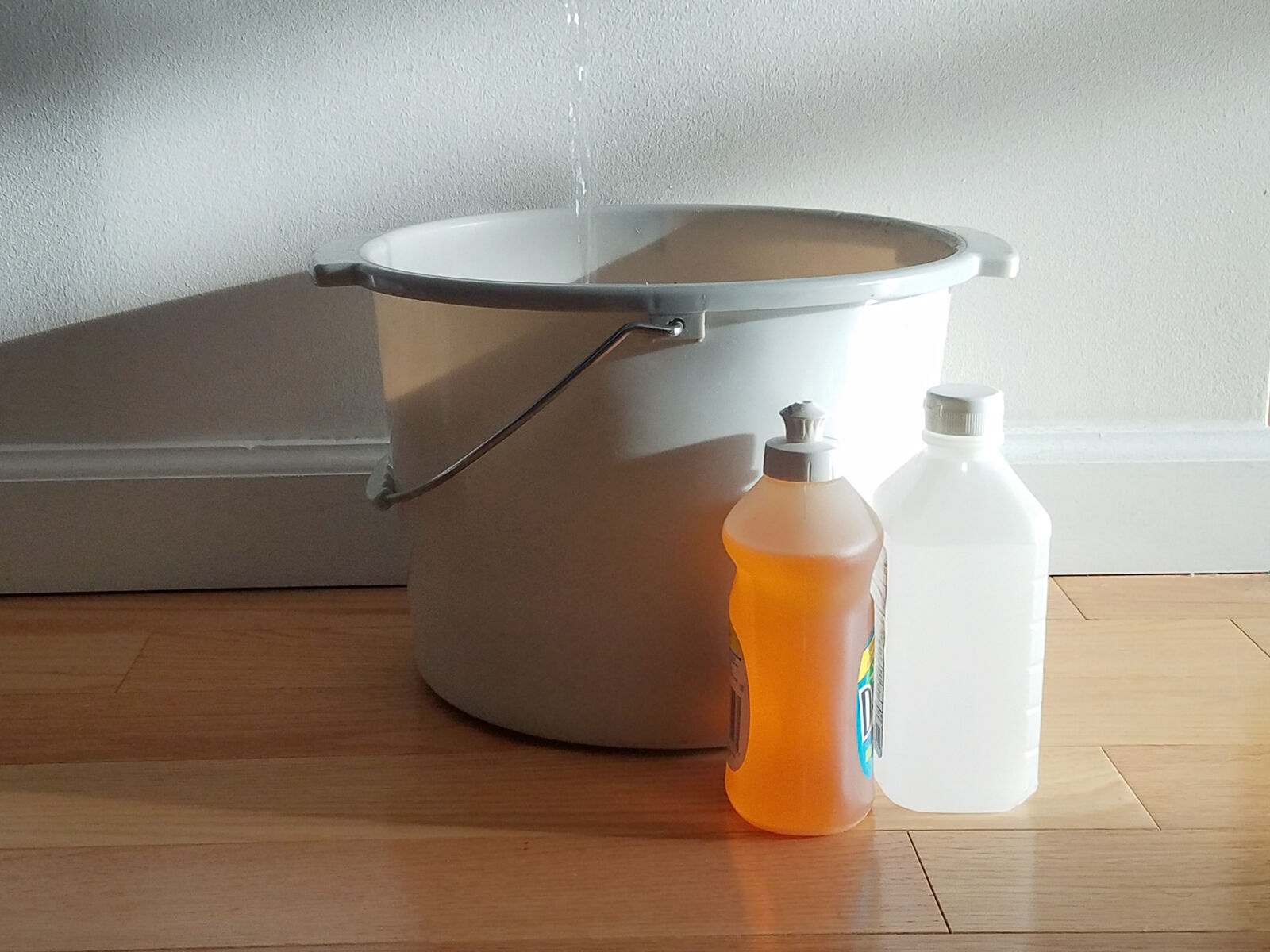
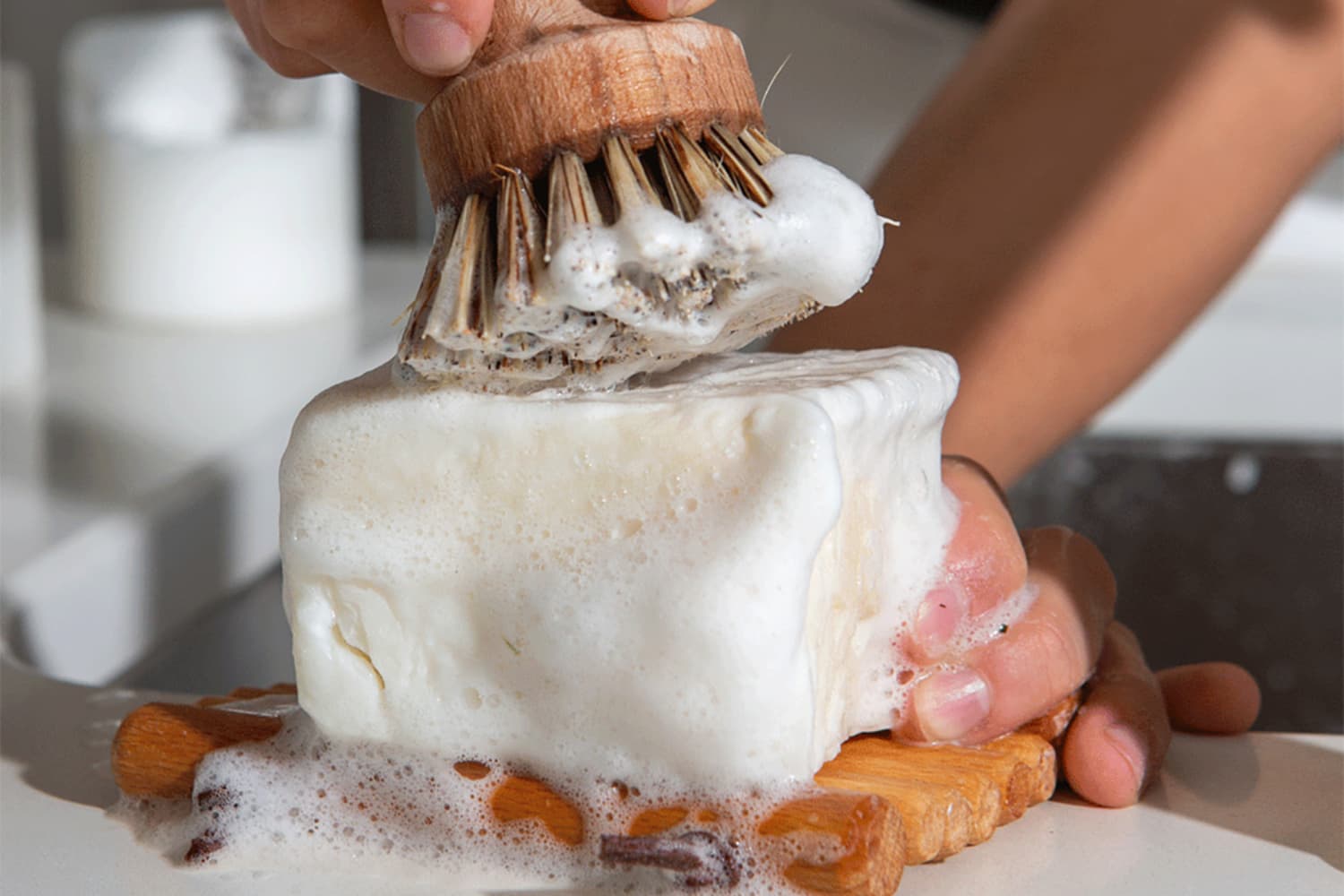





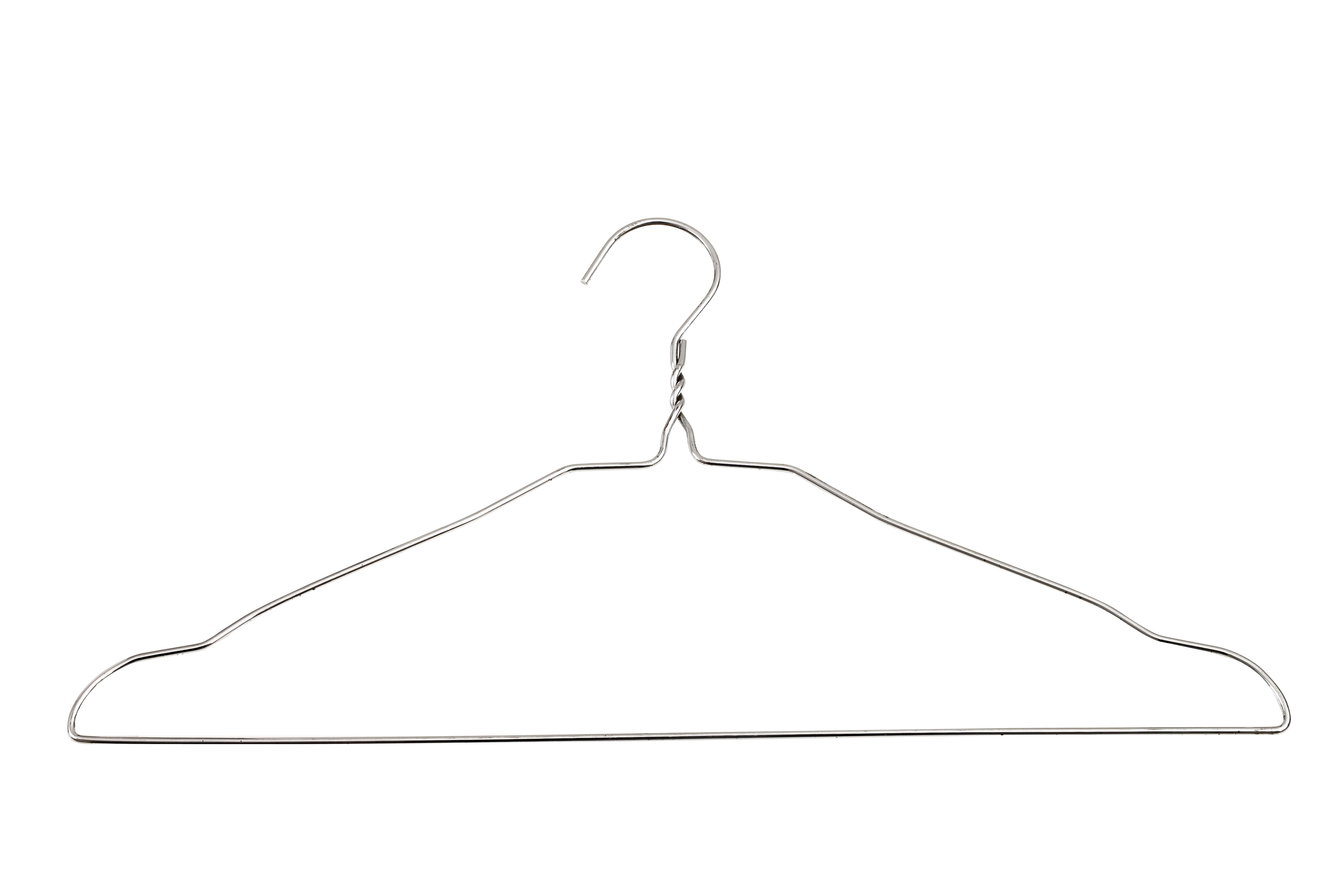

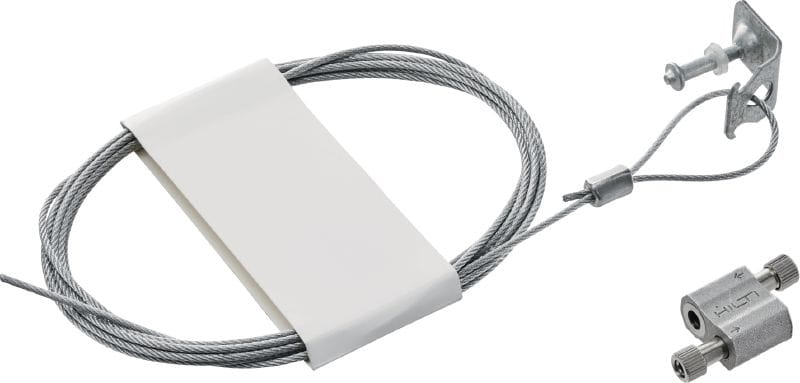




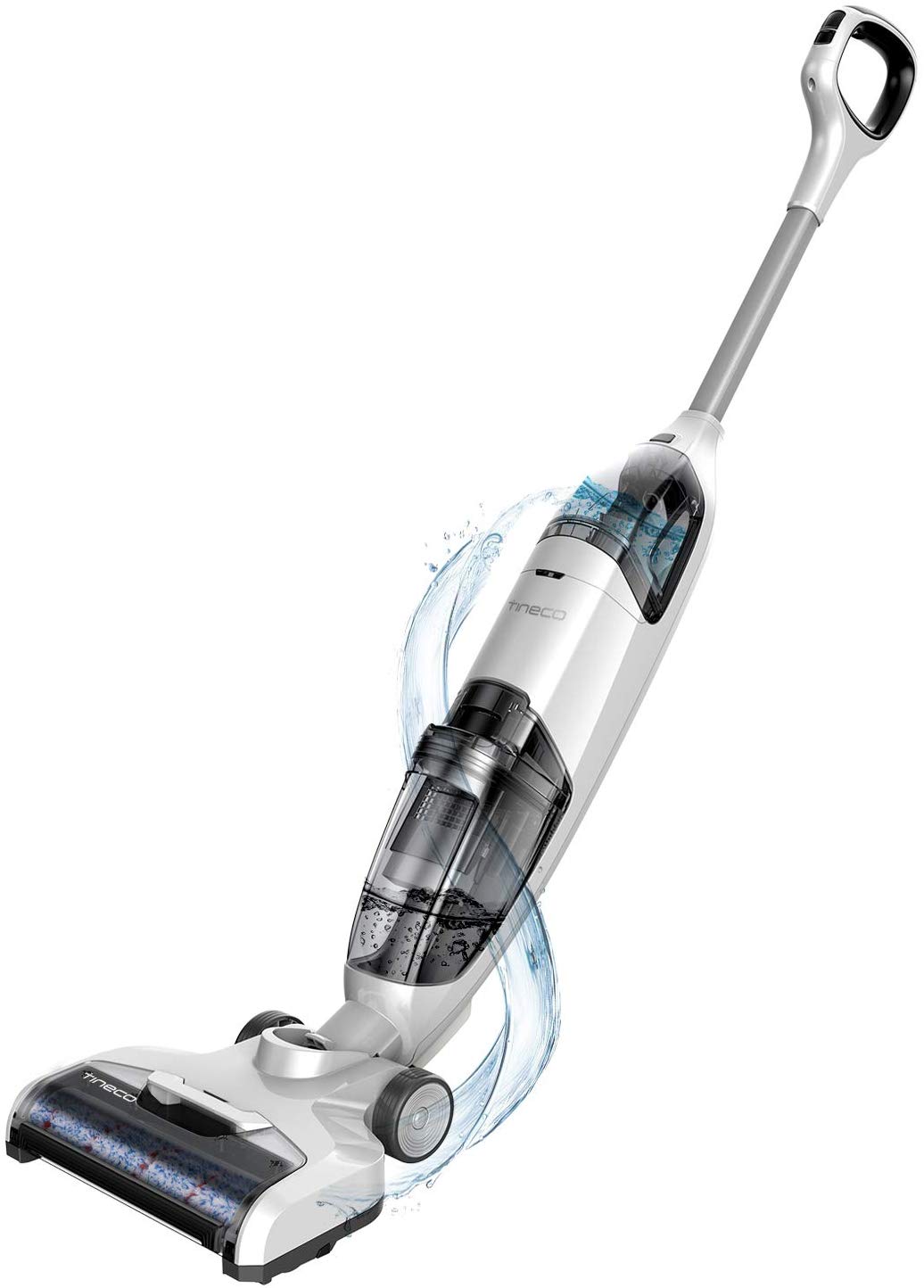

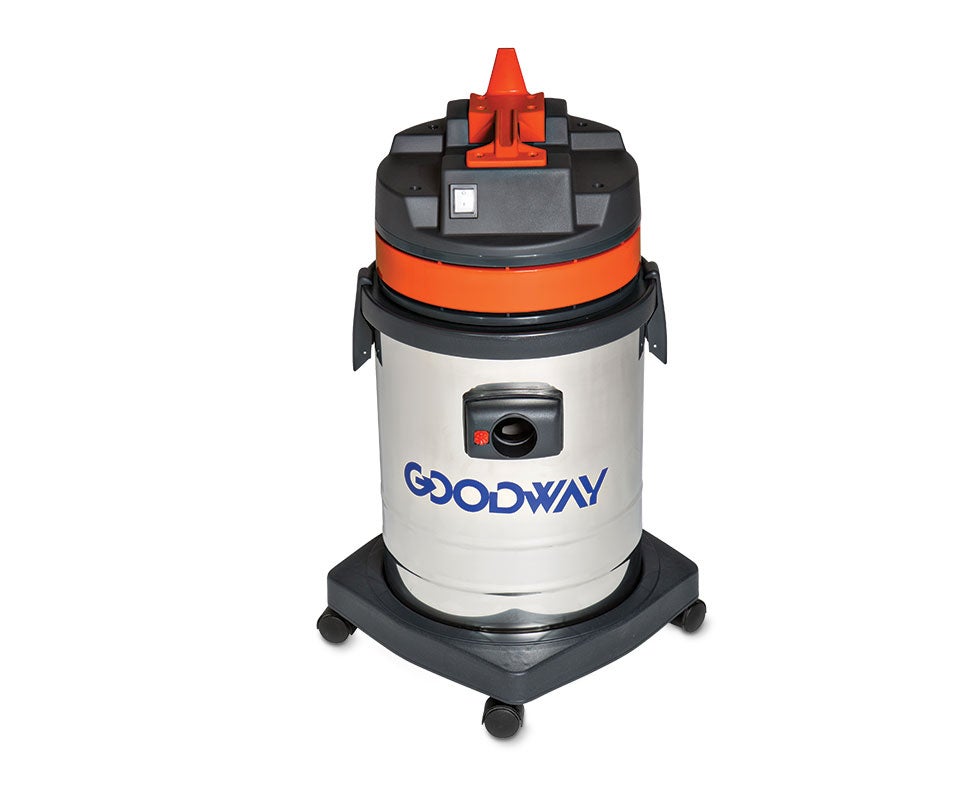



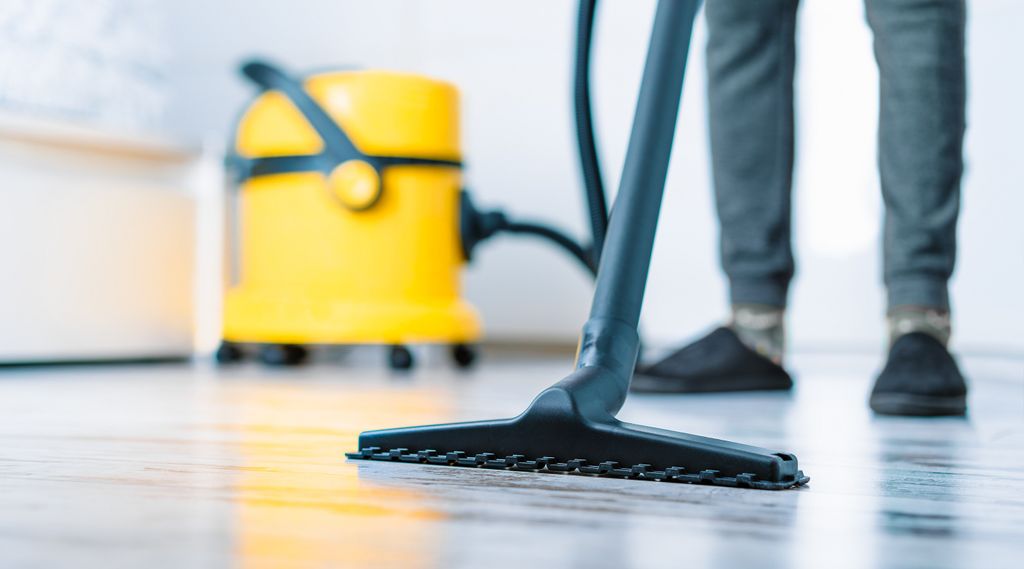









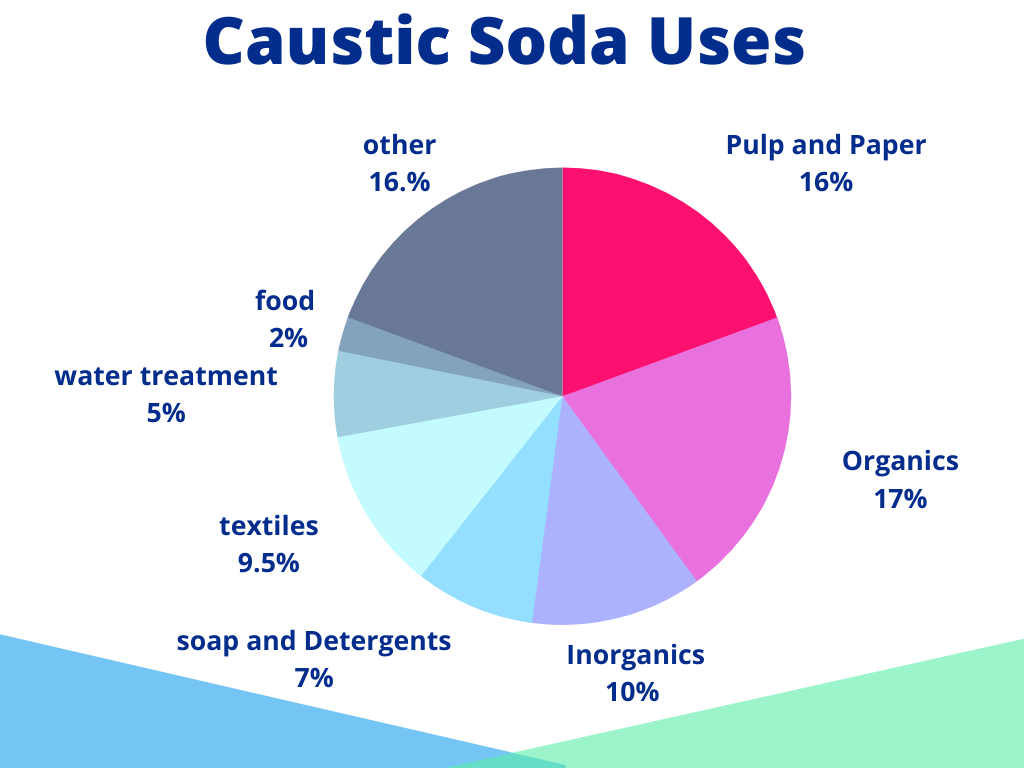
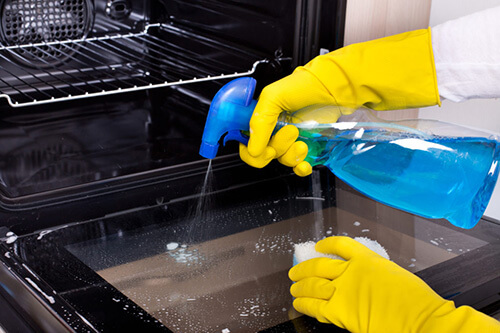









/GreenGobblerRefresh32oz-5bc63b0d4cedfd00266e4611.jpg)


